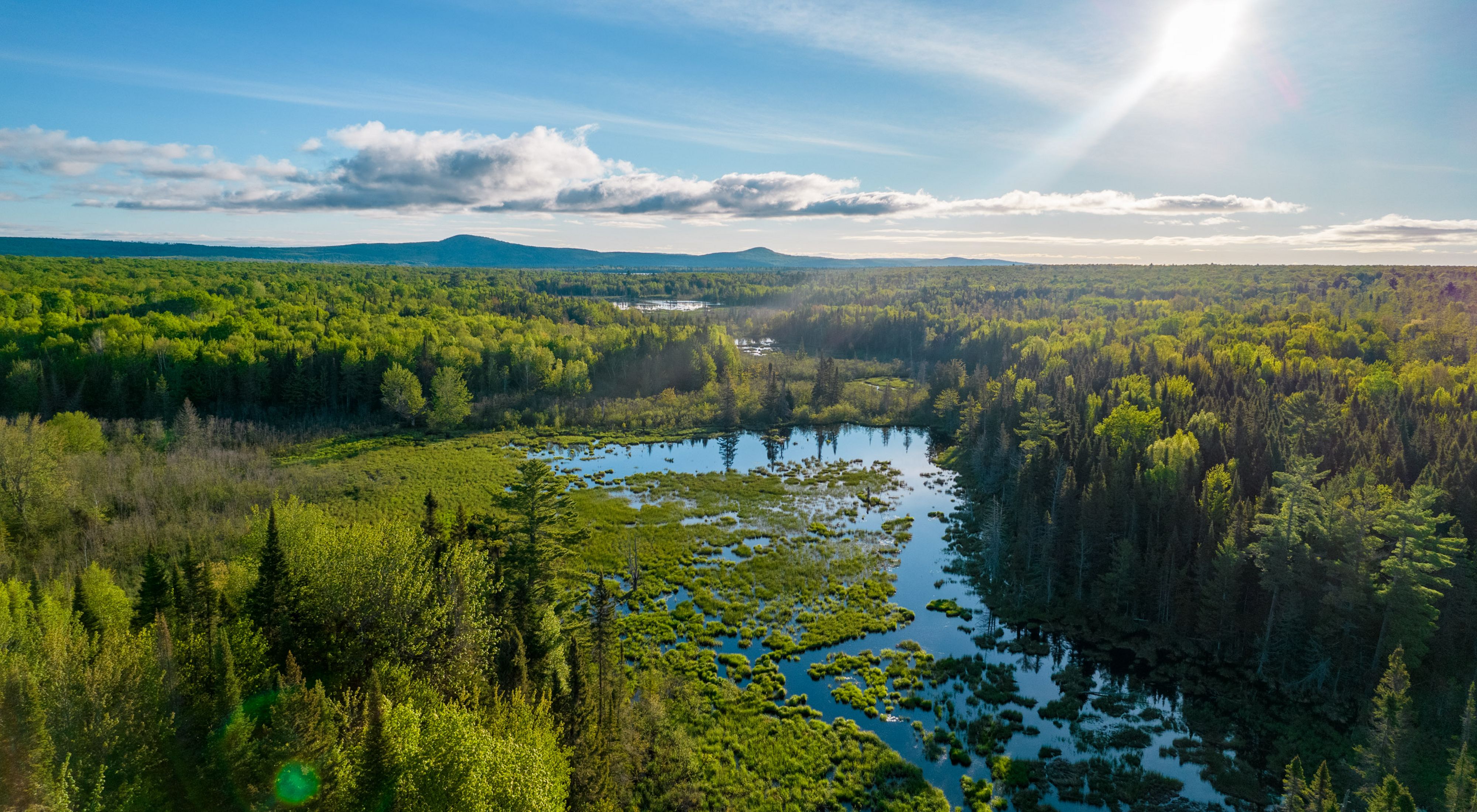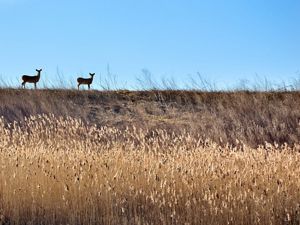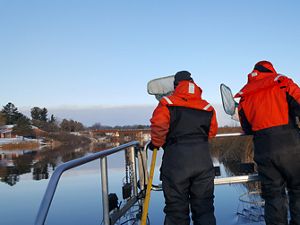The Nature Conservancy updates residents on the Keweenaw Heartlands Project, outlines next steps for 32,000 acres
TNC plans to initiate an inventory of the property in the spring, hire two staff to help manage the land
Media Contacts
-
Ryan Hermes
TNC
Phone: 517-999-7745
Email: ryan.hermes@tnc.org
The Nature Conservancy in Michigan (TNC)—a global conservation organization committed to building a future where people and nature both thrive — held its first public meeting since purchasing the Keweenaw Heartlands. The meeting, held at the Keweenaw Mountain Lodge on Wednesday, January 25, served to update the community on the project and outline next steps.
“It was heartwarming to see so many people attend our first public update on the Keweenaw Heartlands since we purchased the land and I sincerely appreciate their feedback and questions,” said Helen Taylor, state director of The Nature Conservancy in Michigan. “The community’s passion for this land and desire to keep it open for public use reinforces why it was so important to purchase it for the benefit of both people and nature.”
TNC also outlined next steps for the land, which includes an ecological and cultural inventory that will begin in the spring. The organization is in the process of hiring two new staff members to oversee and manage the land.
“At The Nature Conservancy, we are proud to manage and maintain more than 55,000 acres of nature preserves throughout the state, including several here in the Upper Peninsula,” Taylor said. “We are committed to ensuring the miles of state-designated trails that run throughout the Keweenaw Heartlands remain open and available to the public. It is also important to be good neighbors and care for the property while it’s in our ownership, which is why we are hiring two full-time staff members to oversee the area.”
The ecological and cultural inventory will begin in March and will help inform the management and protection of natural and cultural resources, and outline recreational opportunities and infrastructure needs on the land.
This will be done by:
- Compiling existing data and information
- Mapping the extent and condition of natural and cultural features
- Conducting strategic field surveys and gathering input from residents and community organizations
Once complete, maps and data of the inventory will be available to the public. TNC will make a report available that outlines the features and possible management actions or funding needs.
“The ecological and cultural inventory is a key next step to highlight natural and cultural resources on the land and determine how to best protect them,” Taylor said. “We look forward to working with the community to create this valuable resource.”
Members of the public can keep up to date on the status of the Keweenaw Heartlands Project by visiting the project website hosted on the Keweenaw Area Community Foundation’s website.
TNC purchased the more than 32,000 acres of land in two separate sales, one closing in late October and the second just before Christmas. The land will remain open to the public under the Michigan Commercial Forest Program and on community tax rolls. The area is recognized by TNC as a global priority for both biodiversity and climate resiliency, and an opportunity to protect an extraordinary region.
The Nature Conservancy is a global conservation organization dedicated to conserving the lands and waters on which all life depends. Guided by science, we create innovative, on-the-ground solutions to our world’s toughest challenges so that nature and people can thrive together. We are tackling climate change, conserving lands, waters and oceans at an unprecedented scale, providing food and water sustainably and helping make cities more sustainable. The Nature Conservancy is working to make a lasting difference around the world in 81 countries and territories (40 by direct conservation impact and 41 through partners) through a collaborative approach that engages local communities, governments, the private sector, and other partners. To learn more, visit nature.org or follow @nature_press on X.



